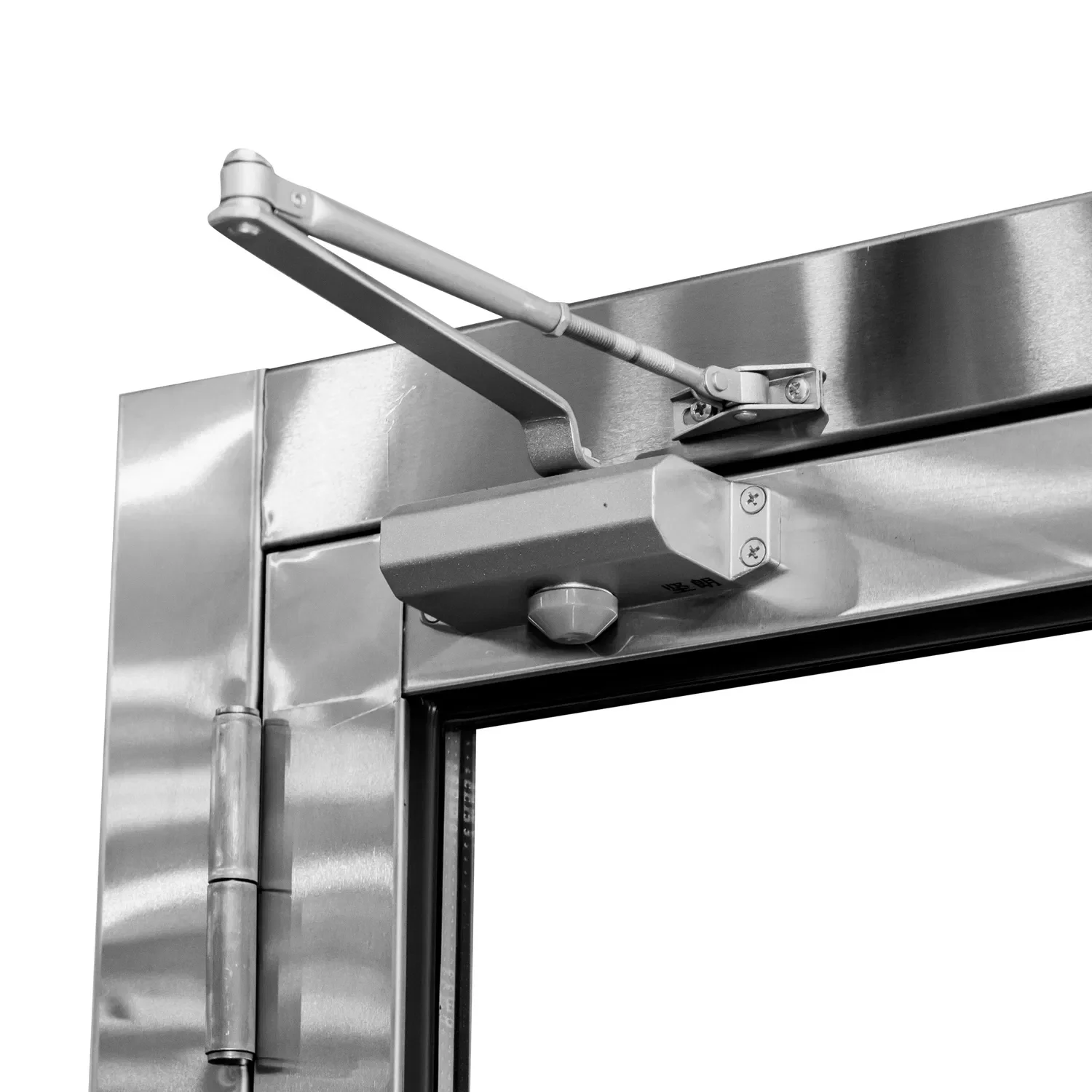When it comes to maintaining a comfortable indoor environment, insulation plays a pivotal role, particularly for floors situated over unheated spaces such as basements, crawl spaces, or garages. Proper insulation not only enhances energy efficiency but also contributes to the overall comfort of your home. In this article, we will delve into the intricacies of insulating a floor over an unheated space, providing you with a step-by-step guide, material recommendations, and expert tips to ensure optimal results.
Understanding the Importance of Floor Insulation
Before we dive into the practical aspects of floor insulation, it’s essential to understand why it matters. Floors over unheated spaces can lead to significant heat loss, resulting in higher energy bills and uncomfortable living conditions. Insulating these floors helps to:
- Enhance Energy Efficiency: Proper insulation reduces the amount of heat escaping from your living space, leading to lower heating costs.
- Improve Comfort: Insulated floors maintain a more consistent temperature, making your home feel warmer and more inviting.
- Prevent Moisture Issues: Insulation can help mitigate condensation and moisture problems, which can lead to mold growth and structural damage.
Step-by-Step Guide to Insulating Your Floor
Step 1: Assess Your Current Situation
Before you begin the insulation process, it’s crucial to assess the current condition of your floor and the unheated space below. Look for signs of moisture, drafts, or existing insulation materials. This assessment will help you determine the best approach for your insulation project.
Step 2: Choose the Right Insulation Material
Selecting the appropriate insulation material is vital for achieving optimal results. Here are some common options:
- Fiberglass Batts: These are widely used due to their affordability and ease of installation. They come in pre-cut sizes that fit between floor joists.
- Foam Board Insulation: Rigid foam boards provide excellent thermal resistance and can be cut to fit snugly between joists. They are particularly effective in preventing thermal bridging.
- Spray Foam Insulation: This option expands upon application, filling gaps and creating an airtight seal. It’s ideal for irregular spaces but can be more expensive than other options.
Step 3: Prepare the Space
Preparation is key to a successful insulation project. Here’s how to get started:
- Clear the Area: Remove any debris, old insulation, or obstructions from the unheated space.
- Seal Air Leaks: Before installing insulation, seal any gaps or cracks in the floor or walls using caulk or spray foam. This step is crucial to prevent drafts and moisture intrusion.
Step 4: Install the Insulation
Now that your space is prepared, it’s time to install the insulation:
- Measure and Cut: Measure the distance between the floor joists and cut your insulation material accordingly.
- Fit the Insulation: Place the insulation snugly between the joists. If using fiberglass batts, ensure they are not compressed, as this can reduce their effectiveness.
- Secure the Insulation: Use insulation supports or wire to hold the insulation in place, especially if you’re using batts.
Step 5: Add a Vapor Barrier
To prevent moisture from seeping into your insulation, consider adding a vapor barrier. This is particularly important in areas prone to humidity. A polyethylene sheet can be laid over the insulation, extending up the walls to create a continuous barrier.
Step 6: Finish the Installation
Once the insulation and vapor barrier are in place, you can finish the installation by replacing any flooring materials or coverings. Ensure that all materials are properly secured and that there are no gaps left exposed.
Maintenance and Monitoring
After completing your insulation project, it’s essential to monitor the area periodically. Check for signs of moisture, mold, or pest infestations. Address any issues promptly to maintain the integrity of your insulation.
Conclusion
Insulating a floor over an unheated space is a worthwhile investment that can lead to significant energy savings and improved comfort in your home. By following the steps outlined in this guide and selecting the right materials, you can effectively insulate your floors and create a more energy-efficient living environment. Remember, proper preparation and installation are key to achieving the best results. With a little effort and attention to detail, you can transform your unheated spaces into comfortable, energy-efficient areas of your home.


